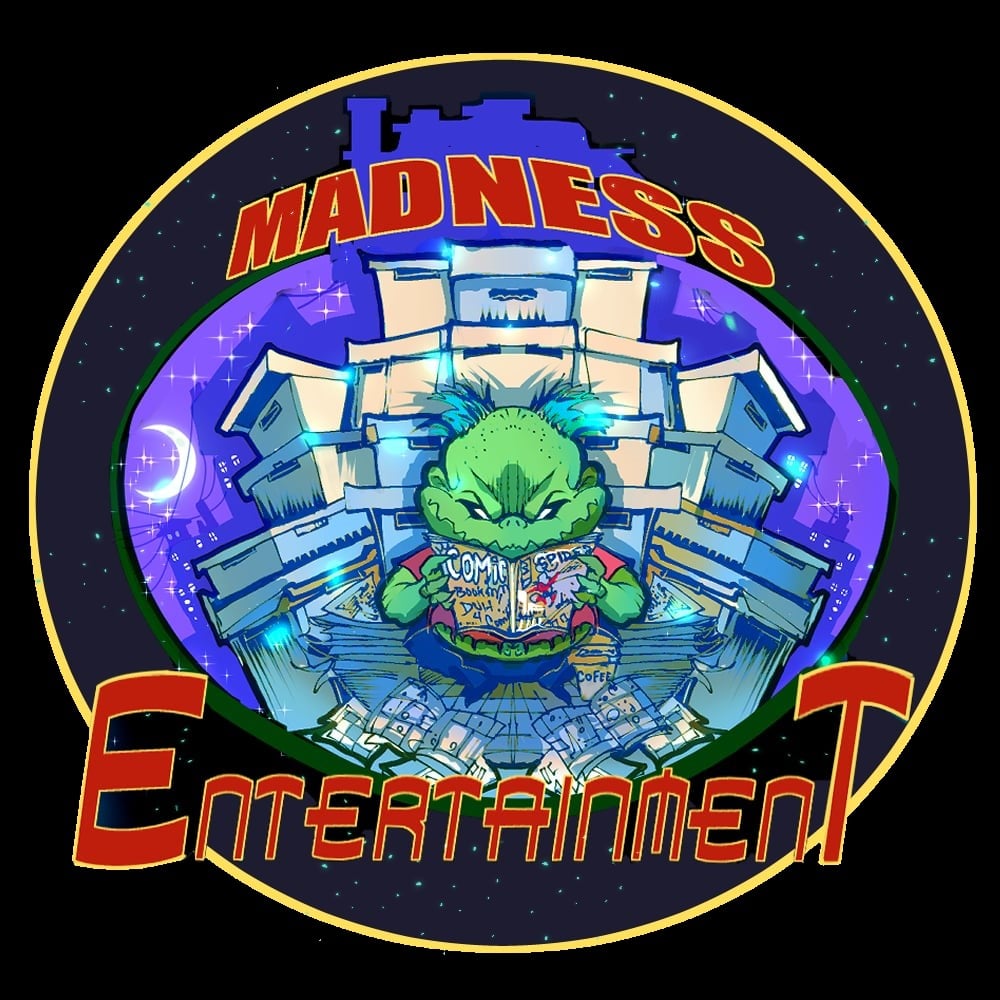Cattle Barons and Barbed Wire: The Lone Ranger Rides Again!
FTC Statement: Reviewers are frequently provided by the publisher/production company with a copy of the material being reviewed.The opinions published are solely those of the respective reviewers and may not reflect the opinions of CriticalBlast.com or its management.
As an Amazon Associate, we earn from qualifying purchases. (This is a legal requirement, as apparently some sites advertise for Amazon for free. Yes, that's sarcasm.)

What this comics market needs is a really good, strong Western comic book. When I was younger, I'd heard tales of how the comic book market used to produce for every imaginable genre, until it began to shrink. I couldn't understand it then, as I had every genre I could imagine: there were superheroes, space adventures, horror comics, funny comics, war comics and western comics. I ate up Jonah Hex, Scalphunter and Bat Lash with as much eagerness as I did Superman, Adam Strange, Cain & Abel, Archie and Richie Rich, and Sgt Rock.
Now that I'm older, I can see how the market has expanded, and yet shrunk further. We have so many more titles, but not as many genre adventures. Which is why THE LONE RANGER is such a welcome book. And it helps that it has some fantastic cover art to sell it, packaging an intriguing and relevant story by Mark Russell with panels as gritty as trail dust from Bob Q.
When the Lone Ranger finds himself in the wrong place at the wrong time, he overhears a conspiracy plot between a group of ranchers and a corrupt Senate candidate to subdivide all of Texas to the ranchers, driving out the indiginous Indians and the free-range cowboys alike. His proposed legislation would make it legal for ranchers to shoot on sight anyone cutting their barbed wire lines, as well as allow them to lay those lines far beyond the property boundaries established in their land deeds.
The result would be war. And the odds are high enough that the Lone Ranger is going to need help from a former ally, who isn't going to be pleased to see him.
The writing in this is, for the most part, very well done. I do think the Lone Ranger's soliliquy near the end as he entreaties his former friend is a bit formal -- even overly-eloquent. But it's also the kind of thing you'd hear an actor in an old radio adventure serial say, so in that way it is rather fitting.
Bob Q does some great stuff here with the panel layouts and applications of color. In four stacked panels he effectively communicates in pictures that the Lone Ranger has rode like the wind from sunup to past sundown, using the comic medium to convey the passage of time while condensing it brief scene. Eisner and McCloud would both be proud of this scene, as it's a textbook example of how comics work when utilized correctly.
Hi-yo Silver!


